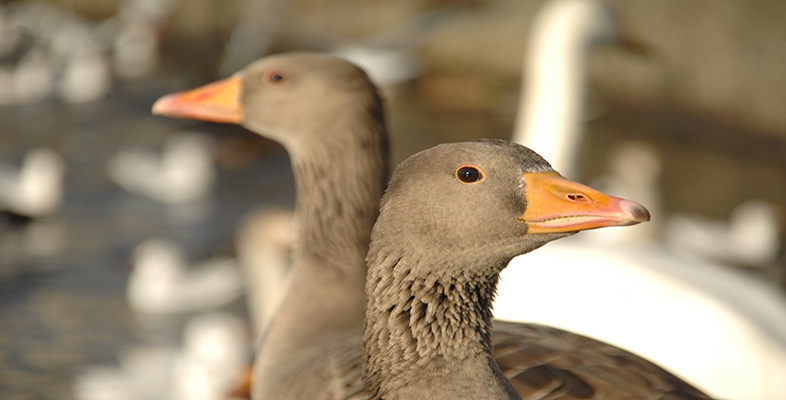Conclusion
- Migration is defined as the regular movement of animals each year between separate breeding and wintering grounds.
- There are many different types of migratory behaviour, ranging from completely sedentary populations to populations that are completely migratory (obligate migrants).
- There are three kinds of natural selection that can cause evolutionary change: directional selection, disruptive selection and stabilizing selection.
- The study of Darwin's finches illustrates how rapidly natural selection can result in a change in phenotype.
- Homeostasis is an important mechanism for maintaining internal balance. In achieving homeostasis, animals maintain a relatively constant internal environment even when the external environment changes significantly.
- Birds use both internal maps and compasses to find their way during migration.
- Olfactory maps and magnetic maps are believed to help birds locate themselves in space.
- Three internal compasses allow birds to sense the direction in which they are flying. These are the Sun compass, the star compass and the magnetic compass.
- The mechanisms used by birds to orientate during migration are still largely unknown and are currently the subject of ongoing research.
